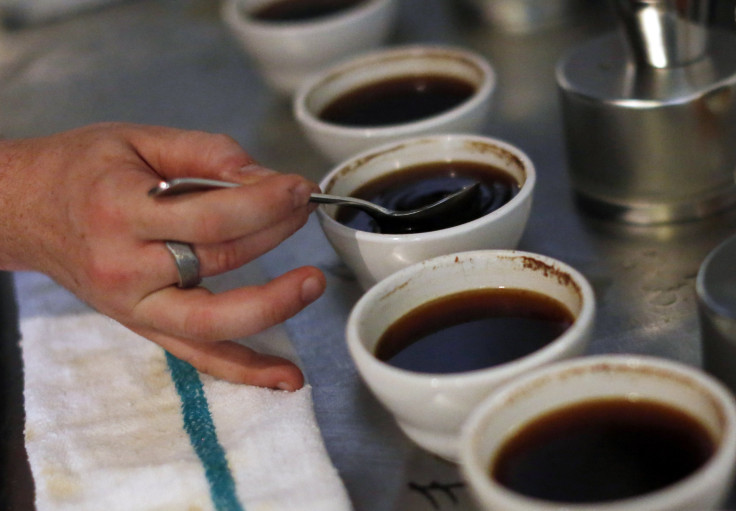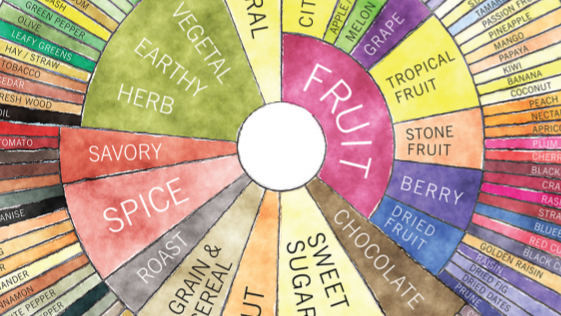
September 29 is International Coffee Day . That means it’s time to get deals on coffee , and also learn a bit more about the caffeinated drink that’s essential to our day. From insider barista knowledge to the geography and contemporary economics of production, here are 10 facts about your café, cafezinho , or cup of joe.
Arabica and Robusta: There are two main varieties or species of coffee plants. Arabica is the most widely produced, comprising about 75 percent of world production. Most baristas say that Arabica varietals taste better. Robusta grows faster and more cheaply and it’s more caffeinated.
Brazil is the largest arabica exporter, producing more than two million tons (four thousand million pounds) per year. With the Brazilian Real dropping drastically in comparison to the dollar, that coffee is getting really cheap, and exports could boom in 2015.
Vietnam is the largest robusta exporter. The country has a surplus of low-quality beans, and some of the high-quality varietals are actually counterfeit, according to The Economist.
You can grow your own coffee. This company has a detailed DIY guide .
Climate change is a threat to coffee crops around the world. Temperature rises in Central America are catalyzing the growth of rust fungus, according to the Guardian . Humanitarian groups fear increased malnutrition among coffee farming families.
Starbucks, Nestlé, investing in rust-resistant strains. In Chiapas, Oaxaca y Veracruz, Nestlé is granting especially-bred plants that are rust-resistant. Starbucks is spearheading a similar initiative starting on September 29th , targeting Central American countries such as Guatemala.
Latte means milk in Italian, but the drink is an American invention. So is the “Americano.” Both are meant to take the edge off of strong coffee.
Coffee farmers are notoriously underpaid and over-worked. Most of the world’s 20 billion dollar coffee industry is build on the backs of the poor. However, middle-income countries like Brazil are increasingly mechanizing production, making sorting and picking coffee lighter work.
Poop beans: some of the world’s most expensive beans are chosen from the feces of the Asian palm civet, a ferret-like creature that can subsist on coffee cherries. The defecated beans are partially digested to produce kopi luwak -- Indonesian for civet coffee.
Coffee tastings: like wine tastings, coffee tastings bring together efficients who sniff, swirl and swoosh different brews. Counter Culture Coffee taster’s flavor wheel, shown in part below, give you an idea of how many flavors or “notes” a trained palate can detect.
A coffee tasting setup includes ceramic cups, from which the drinks are brewed and tasted. Tasters use spoons to part the grains -- they’re not strained away -- and sip the coffee.
And for all of you coffee nerds out there, we’ll leave you a coffee joke.
Q: Why do they call a coffee tasting a “cupping?” (Answer below)

A : Because “spooning” was already taken.
Ba-dum-chih.
© 2025 Latin Times. All rights reserved. Do not reproduce without permission.




